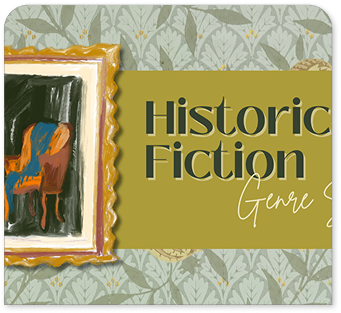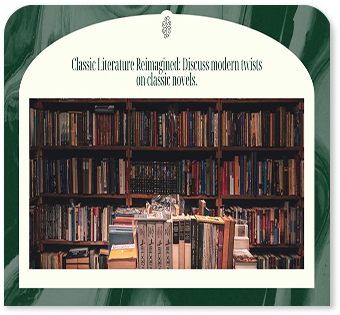SECTION A
EXPERIMENTS
1. To determine resistivity of two/three wires by plotting graph for potential difference versus current.
2. To find resistance of a given wire using metre bridge.
3. To verify the laws of combination (series) of resistances using a metre bridge.
OR
4. To verify the laws of combination (parallel) of resistance using a metre bridge.
5. To determine resistance of a galvanometer by half deflection method and to find its figure to merit.
6. To convert the given galvanometer (of known resistance and figure of merit) into a voltmeter of desired range and to verify the same.
OR
7. To convert the given galvanometer (of known resistance and figure of merit) into an ammeter of desired range and verify the same
8. To find the frequency of the A.C. mains with a sonometer.
ACTIVITIES
1. To measure the resistance and impedance of an inductor with or without iron core.
2. To measure resistance, voltage (AC/DC), current (AC) and check continuity of a given circuit using a multimeter.
3. To assemble a household circuit comprising of three bulbs, three (ON/OFF) switches, a fuse and a power source.
4. To assemble the components of a given electrical circuit.
5. To study the variation in potential drop with length of wire for a steady current.
6. To draw the diagram of a given open circuit, comprising at least a battery, a resistor/rheostat, key, ammeter and voltmeter.Mark the components that are not connected in proper order and also correct the circuit and the circuit diagram.
SECTION B
EXPERIMENTS
1. To find the value of v for different values of u in case of a concave mirror and to find its focal length.
2. To find the focal length of a convex mirror, using a concave mirror.
3. To find the focal length of a convex lens by plotting graphs between u and v or between I/U and I/V.
4. To find the focal length of concave lens,using a convex lens.
5. To determine angles of minimum deviation for a given glass prism by plotting a graph between angles of incidence and angle of deviation.
6. To determine the refractive index of a glass slab using a travelling microscope.
7. To find the refractive index of liquid using a convex lens and plane mirror.
8. To find the refractive index of liquid using a concave mirror and a plane mirror.
9. To draw I-V characteristics curve of a p-n junction in forward bias and reverse bias.
ACTIVITIES
1. To identify a diode, an LED, a resistor and a capacitor from mixed collection of such items.
2. Use of multimeter to see the unidirectional flow of current in case of a diode and LED and check whether a given electronic component (e.g. , diode) is in working order.
3. To study the effect of intensity of light (by varying the distance of the source) on an L.D.R. (Light Dependent Resistance).
4. To observe refraction and lateral deviation of a beam of light incident obliquely on a glass slab.
5. To observe diffraction of light due to thin slit.
6. To study the nature and size of the image formed by a (i) convex lens OR (ii) concave mirror on a screen by using a candle and a screen (for different distance of candle from the lens/mirror).
7. To obtain aliens combination with a specified focal length by using two lenses from the given set of lenses.





































































